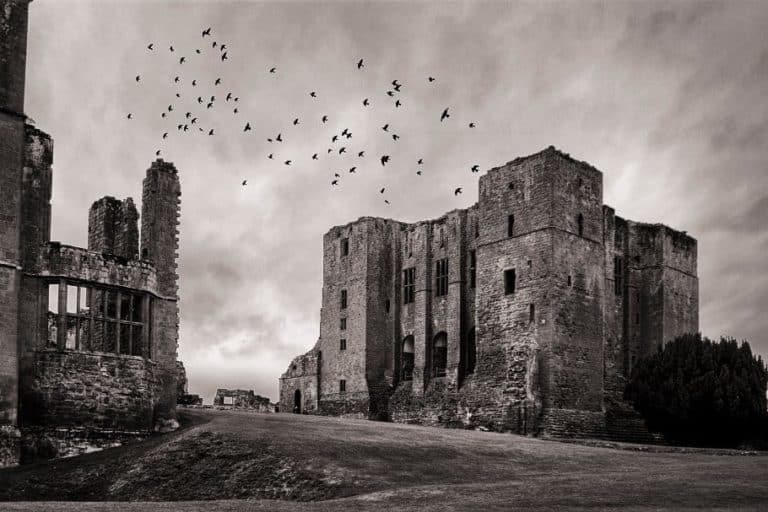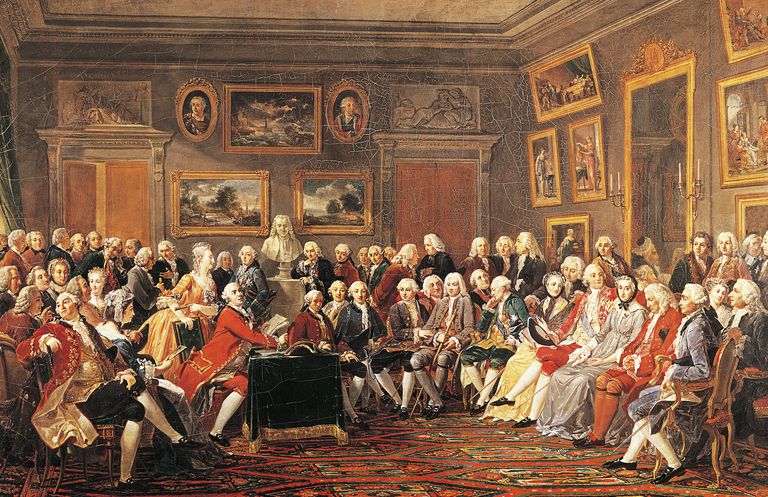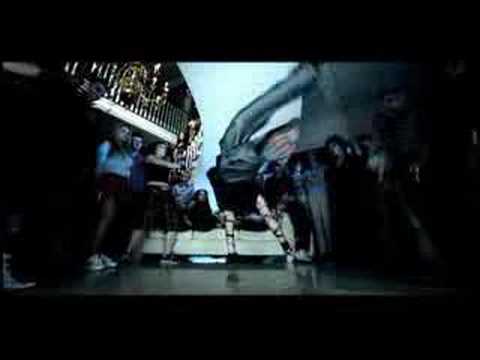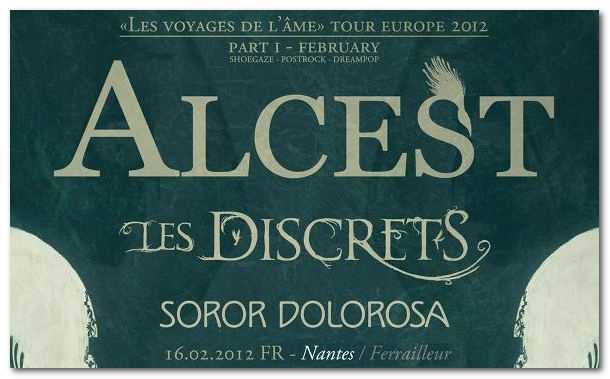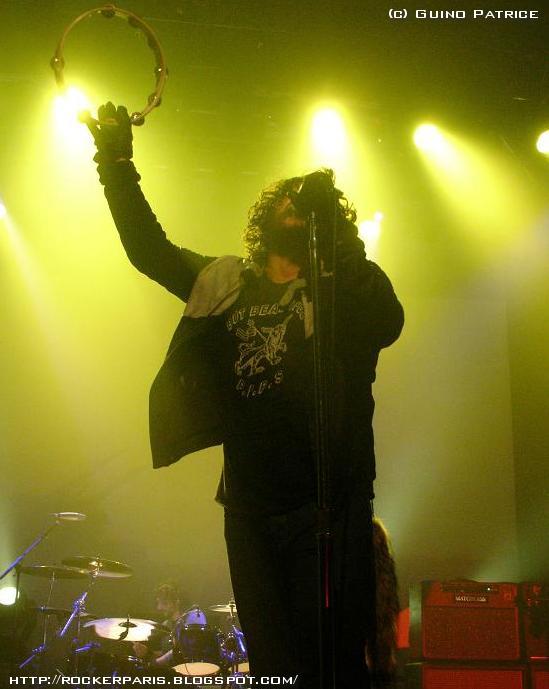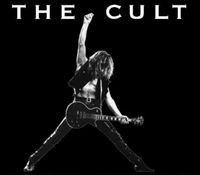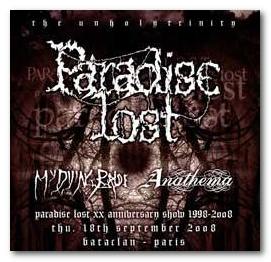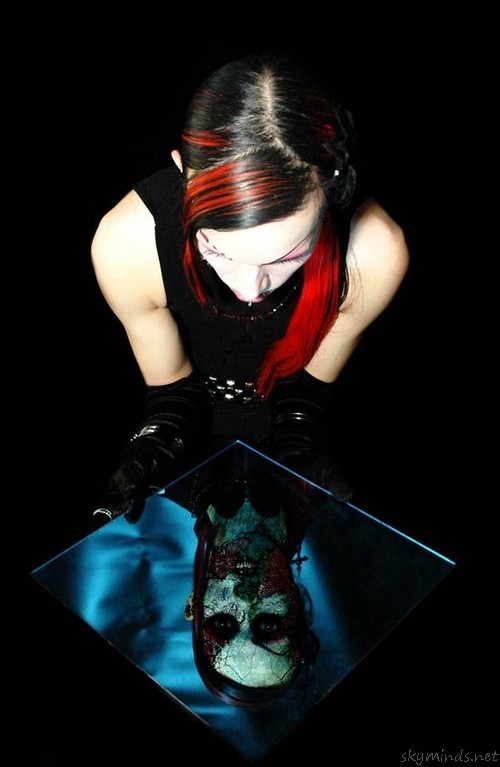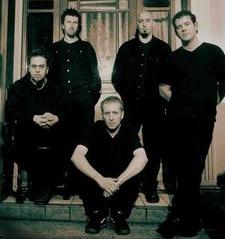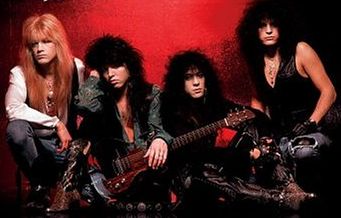The Gothic and the Fantastic are two literary genres both related and different.
A genre can characterize many types of literature such as poetry, drama, or the novel. It is a specific type of writing, that obeys several rules or is recognizable through several themes or structural elements like suspense, plot, or characters.
I. Definitions of the Gothic
The Gothic is the ancestor of the modern horror stories. It is based on the bizarre, the macabre and the supernatural, and it very often deals with aberrant psychological states (terror, fear, anxiety). The setting could typically be a dark castle or church at night…
1. The Sublime
The Sublime is the concept developed by Edmund Burke in On the Sublime and the Beautiful (1757) which is based on two principles:
1. Beauty is small, smooth, not angular but curved, clear, light and delicate, with harmony in proportions. It is something rather feminine, with human proportions, based on pleasure.
2. The sublime is great, rugged, straight and angular, dark and massive. It is rather masculine, and inhuman because too vast, excessive and powerful for man, based on pain.
There is a dialectic like Eros (love and pleasure) and Thanatos (pain and death): these two elements, both opposed and complementary, structured the mentalities and the mental productions of the 19th century.
It is also related to primitivism as neoclassicism expressed harmony in proportions (beauty) while the revival of the Gothic was about the sublime, based on pre-Christian religions, legends, superstitions and the Middle Ages.
